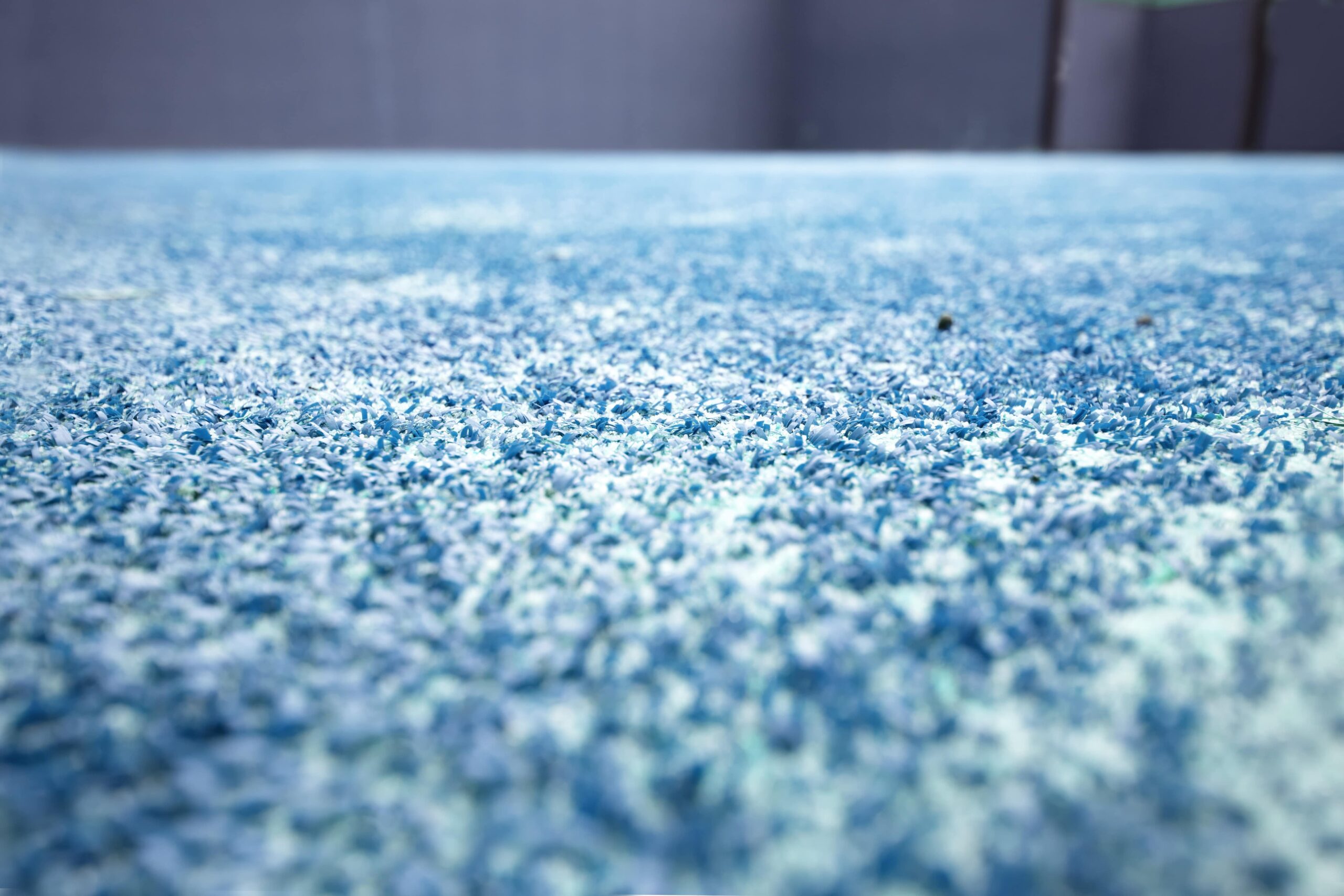
The sport flooring is an important element that should never be disregarded when designing a sports facility that is both aesthetically pleasing and practical. Athletes perform better when they are on the proper sports flooring, which also assures their comfort and safety. From basketball courts to soccer fields, the art of installing sports flooring calls for dexterity, skill, and a thorough awareness of the particular needs of each activity.
Why Sports Flooring Matters
Sports flooring is the foundation on which athletes perform their best. It serves as a protective layer that reduces the risk of injuries, absorbs impact, and provides optimal traction. Whether it’s a professional sports arena or a local community center, the quality of the flooring can significantly impact the overall experience of athletes and spectators alike.
Ensuring Safety Through Expert Installation
When it comes to the installation of sports flooring, athlete safety must come first. A safe playing environment is created by employing high-quality materials, proper installation methods, and compliance with industry standards. Every step of the installation procedure should be thoroughly thought out, from shock absorption to lowering the danger of slips and falls.
Choosing the Right Flooring Material
The first stage in building a sports facility that suits the requirements of the concerned sport is choosing the proper flooring material. To maximize performance and reduce the danger of accidents, various sports call for different kinds of flooring. Hardwood flooring, artificial surfaces, rubberized flooring, and grass are a few prominent options.
Hardwood Flooring: Classic Elegance and Performance
Hardwood flooring has long been the gold standard for sports like basketball and volleyball. Its natural beauty, durability, and excellent ball bounce make it a top choice for professional arenas and recreational centers alike. Proper installation techniques such as using subfloor systems and moisture barriers are essential to prevent warping and maintain the longevity of hardwood floors.
Synthetic Surfaces: Versatility and Durability
Due to its adaptability and minimal maintenance needs, synthetic sports floorings like vinyl and polyurethane has grown in popularity. Excellent shock absorption, constant ball bounce, and reliable traction are all features of these surfaces. Additionally, synthetic flooring may be specially designed to include certain game lines and logos, boosting the sports facility’s overall visual appeal.
Rubberized Flooring: Safety and Resilience
Sports that need high impact and forceful motions benefit greatly from rubberized flooring due to its remarkable shock absorption capabilities. Rubberized floors are ideal for high-impact sports like weightlifting, gymnastics, and indoor track & field because of their durability and shock absorption. Because of its adaptability, it is also often used for multi-use sports venues.
Turf: A Green Alternative
As a low-maintenance substitute to natural grass, artificial turf has greatly impacted the sports business. Thanks to scientific progress, today’s grass looks and feels much like the real thing, lasts longer and is easier to play on. Turf has been widely used as a playing surface for sports where consistency and durability are required, such as on soccer fields, football stadiums, and baseball outfields.
Installation Process: Art Meets Science
Installing sports flooring involves a meticulous process that combines art and science. From preparing the subfloor to laying the flooring material, each step requires careful attention to detail to ensure a flawless finish. Here is a step-by-step guide to mastering the art of sports flooring installation:
Step 1: Assessing the Subfloor
Before any installation can take place, a thorough assessment of the subfloor is essential. This includes checking for moisture, cracks, and unevenness. Addressing any underlying issues will help create a solid foundation for the sports flooring and prevent future damage or problems.
Step 2: Subfloor Preparation
After the subfloor has been evaluated and any necessary repairs have been made, the surface must be prepared for the installation of the sports flooring. This involves removing any detritus, grime, or contaminants from the substrate that could affect the flooring material’s adhesion. In addition, the subfloor may require levelling or sanding to ensure an even surface.
Step 3: Choosing the Right Adhesive
Selecting the proper adhesive is essential for a successful installation of sports flooring. The adhesive should be compatible with the selected flooring material and possess strong adhesion properties. Before laying the flooring material, evenly apply the adhesive and allow it to reach the appropriate tackiness, per the manufacturer’s instructions.
Step 4: Precision cutting and fitting
Each material for sports flooring requires precise trimming and installation to ensure a cohesive, professional finish. Accurate measurements and cutting techniques are required for all timber panels, synthetic coils, rubber tiles, and turf sections. Pay close attention to details such as game lines, logos, and other sport-specific design elements.
Step 5: Professional Installation Techniques
Depending on the sports flooring material used, the installation procedure may vary. It is recommended to adhere to the manufacturer’s instructions and consult with expert sports flooring installers. They can ensure proper alignment and adhesion, as well as create a professional finish that meets industry standards.
Step 6: Final Touches
After the flooring has been installed securely, it is time for the final details. This may involve the application of sealants, the addition of game lines and insignia, and the maintenance of transitions between sections of the sports facility. At this stage, attention to detail can significantly improve the overall aspect and functionality of the sports flooring.
Conclusion
Mastering the installation of sports flooring necessitates a combination of skill, attention to detail, and a comprehensive comprehension of the specific needs of each sport. Choosing the appropriate flooring material is essential for safety and performance, ranging from the elegance of hardwood to synthetic versatility, rubberized resilience, and artificial turf innovation. By following the correct installation procedures and seeking professional guidance when necessary, you can transform barren ground into an athlete’s paradise.
